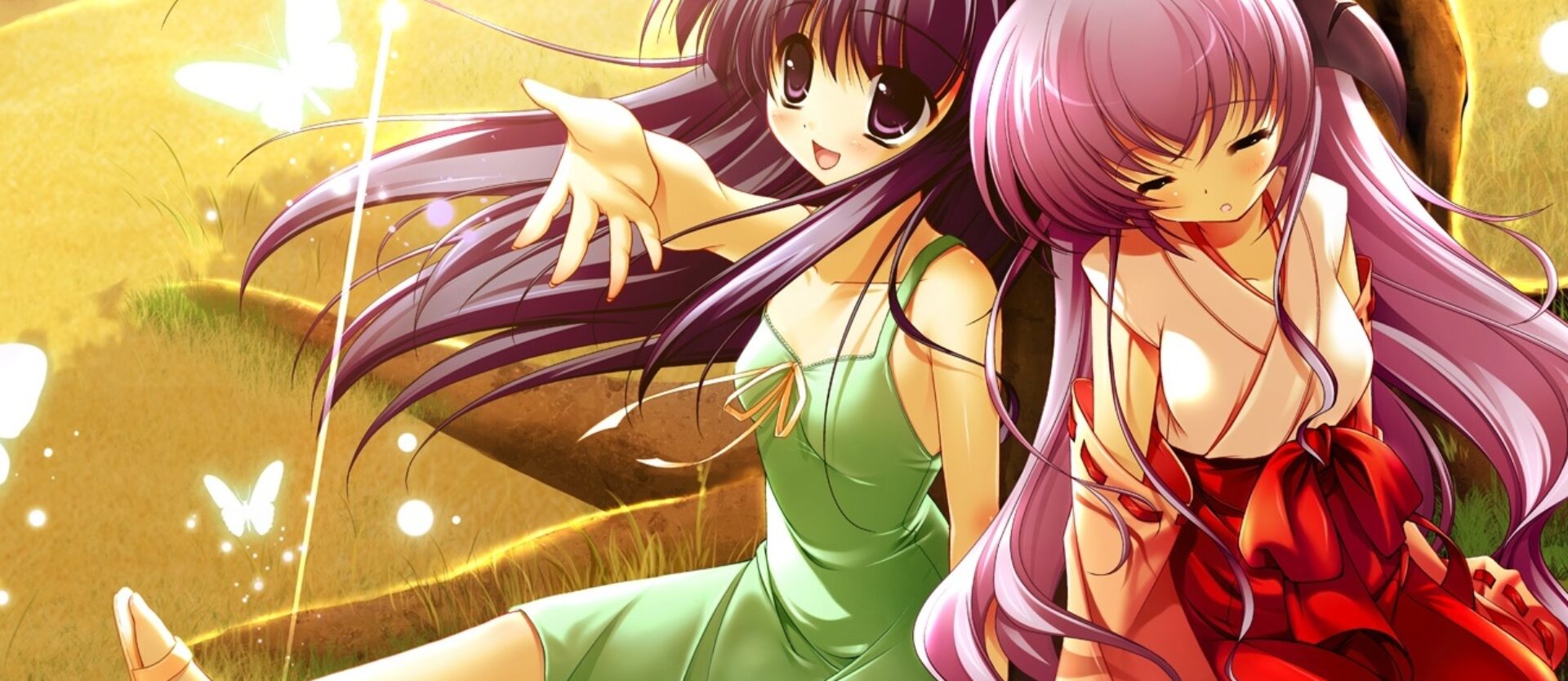Is an Israeli TV show that is running on Netflix. I started watching it off and on during my trips to Israel late last fall and in the spring when I was there for a few weeks. I didn’t really get into it though, watching bits and pieces of it, mainly to see how much Hebrew I understood and to then go back and research words I should know, but didn’t (The show is in Hebrew and Yiddish but it is subtitled in English).
But back when I was home to see my father this spring, I started watching it for the story – starting in Season 1. I watched one episode per night, paying attention to the storyline, and also rewinding to review the Hebrew. I’ve become fascinated with it.
Shtisel originally aired on the Yes Drama network in Israel in 2013. It ran for two seasons from 2013 to 2016 and this year it was announced that it would have a third season. (I think this in part due to the strength of its audience on Netflix). Also, Amazon has acquired the rights to produce a version of the show called Emmis that will be set in Brooklyn.
Unlike a lot of dramas about the Haredi, or ultra-Orthodox Jews, this show does not lock them in a stereotype. It portrays them as real people with feelings, problems, and issues to be solved. That said, it nonetheless does highlight issues that are at play inside the Haredi community touching on its relationship with Zionism ( some sects reject it because they don’t accept the idea of Israel as a secular country), abortion, love and marriage, and dealing with technology and its effect upon faith. But the writers and producers tackle these tough subjects in a compelling and human fashion. As Ruth Margalit wrote in the April 19, 2019 issue of the New Yorker:
The show, which was created by two men with intimate knowledge of the Haredi community, mines drama from the restrictions of ultra-Orthodox life but doesn’t suggest that its central characters want or need to escape. It’s not, like most other depictions of the Haredim, about the desire to leave the confines of their society but rather about the ordinary pains and joys of living within it. As one of the show’s creators, Yehonatan Indursky, told me, “This outlook that Haredim live in a kind of ghetto and are just waiting for the day they can escape—it’s an occupational fantasy for secular people.”
In 2014, the series swept up eleven Ophirs, the Israeli version of the Emmys, including one for best drama and best original screenplay, and, two years later, Israel’s public broadcaster bought the rights to the show. It was after that development that its popularity really took off, in and outside of Israel.
The show’s producers “admit that they didn’t write “Shtisel” for Haredim. (For one thing, most ultra-Orthodox households don’t own a television.) But almost as soon as it aired, something strange happened. “Shtisel” became “cultlike” among Haredi viewers”, due in large part to the shows attention to detail:
The series’ success in the Haredi community, according to Rath, had to do with its “meticulous attention to small details”—such as its emphasis on the Shtisels’ background as chalmers, a Yiddish term for ultra-Orthodox Jews who have been living in Jerusalem since the mid-nineteenth century. “The chalmers are survivalists,” Indursky said. “For them, nothing is really sacred, and everything can be laughed at.” Their appearance is distinct. Not the tightly coiled sideburns of many ultra-Orthodox men but long ones, loosely curled. Not just a black coat but one that reaches well below the knees. A black hat, yes—but smallish and round, worn a little sloppily. It’s the kind of lifelikeness that could only come from showrunners steeped in Haredi society.
Even if you are not wearing a black hat and a kippa, the show is captivating. Also for me, it’s wonderful to see the scenery in Jerusalem that it shows – sometimes quickly passing over places that I have been to. As I said at the beginning of the post, the stories are real, with the Orthodox rituals forming the backdrop, not the centerpiece of the story. It is well written and well acted and you feel for the characters as they go about their lives. I firmly believe it is a sensitive and creative depiction of the true emotional dilemmas we all face throughout our human lives. That these are Israelis living these dramas, well, that’s just a bonus.
Seasons 1 and 2 can be found on Netflix. Watch it. It is worth your time.


Readers might be interested in my book, Reading Shtisel, an episode by episode analysis. Available at lulu.com, amazon, Barnes & Noble.